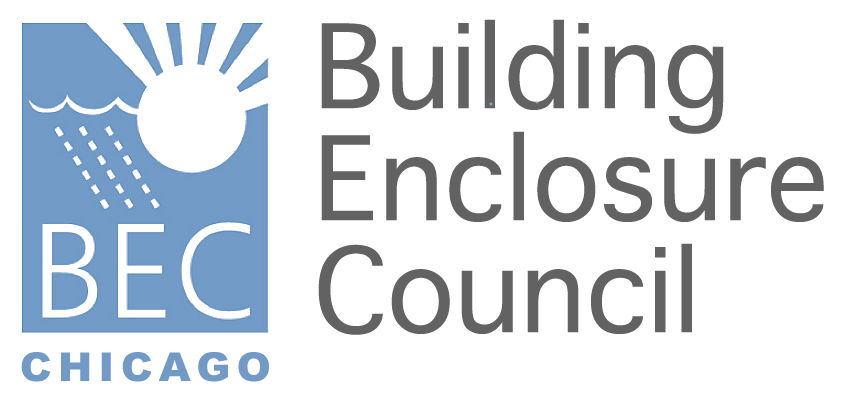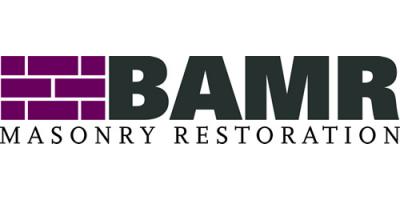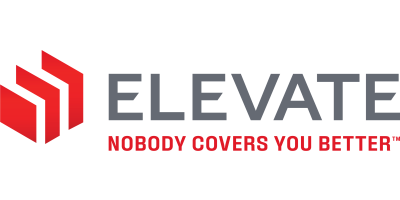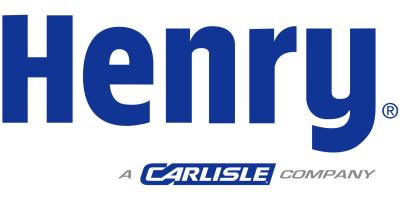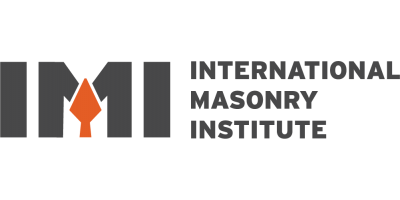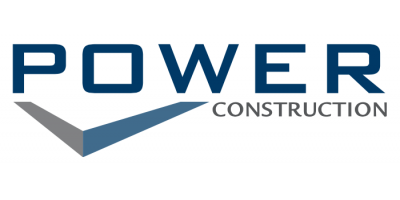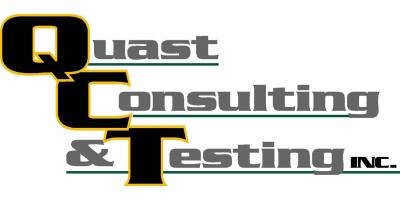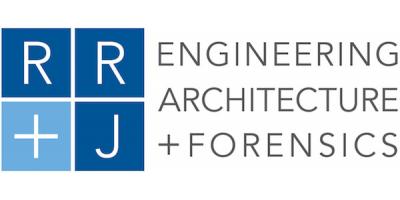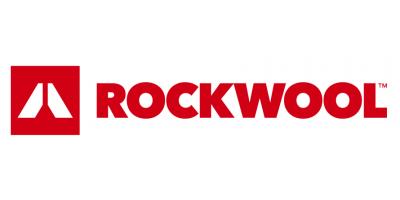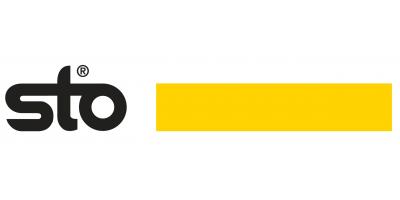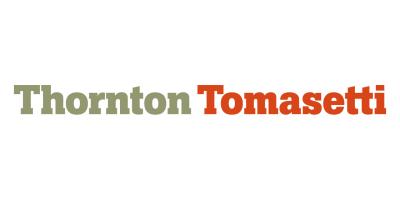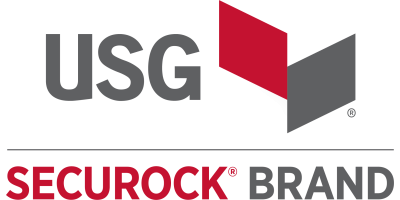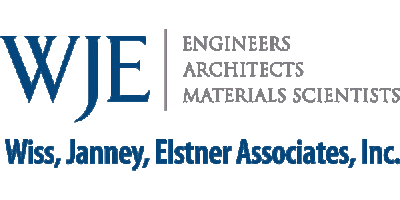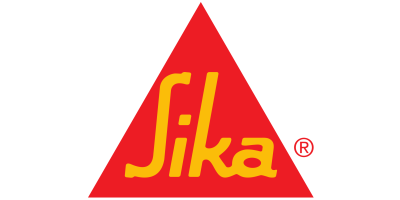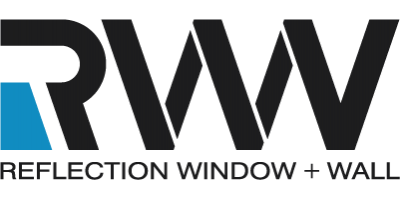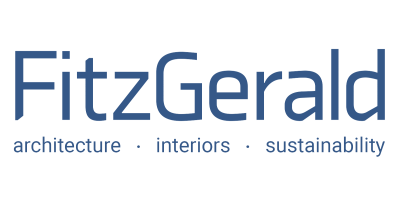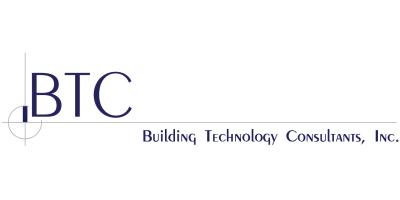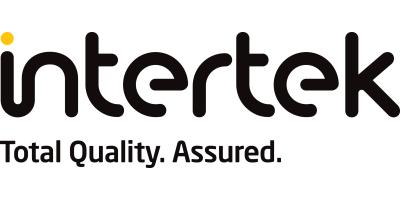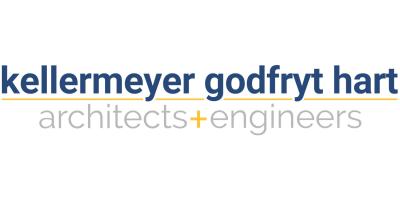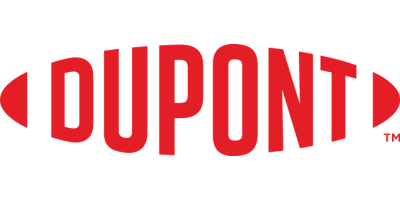| Location | Virtual Meeting via Zoom |
AIA CREDIT: Yes
DESCRIPTION:
Projecting facade elements -- or those that project out beyond the normal plane of the thermal envelope such as parapets, overhangs, and wing walls -- are difficult details to design for and oftentimes create performance issues, such as condensation in wintertime conditions. In this presentation, various parapet, overhang, and wing wall configurations will be discussed, including problems that occurred and detailing solutions. Items such as thermal bridging, thermal shorting, ventilation, flashing, and air leakage sites will be reviewed using actual details for buildings in cold climates. One case study presented will include a new Chicagoland healthcare building, where the three presenters – a BECx Provider, a facade consultant, and a general contractor – together helped to resolve the challenging detailing conditions.
LEARNING OBJECTIVES:
- Identify projecting elements that have increased risk for condensation
- Understand how air leakage, thermal bridging, and thermal shorting at projecting elements creates risk for condensation
- Understand that there are two different general concepts for detailing projecting elements
- Identify various ways to minimize risk for condensation in projecting elements
PRESENTER BIO:
Steve Black is a Senior Quality Support Manager at Power Construction. His 30 years in Construction, the last 10 in Chicago, gives him a special knack for breaking problems into their component parts, identifying the overall process and setting up step-by-step procedures for realizing goals. He offers expertise and advice on a wide range of technical areas including enclosure systems, specialty interior finishes, and the challenges associated with using some of the newest materials in an interiors environment. Steve’s recent projects include new Chicago towers, healthcare renovations, adaptive reuse, and new construction in a variety of markets.
Elizabeth Cassin is a Principal and Midwest Region Director at Wiss, Janney, Elstner Associates. Over the last 18 years, she has gained expertise in building science, including evaluation of building enclosures with respect to their control and response to environmental loads. She has also performed comprehensive BECx services on numerous projects. Ms. Cassin is a licensed architect in Illinois, Iowa, and Kentucky; a LEED Accredited Professional; a member of the Building Enclosure Council, ASTM E06.55 Performance of Building Enclosures, ASHRAE Technical Committee 4.4 Building Materials and Building Envelope Performance, and ASHRAE 90.1.
Sarah Flock is a Principal at Raths, Raths & Johnson, Inc. She has 20 years of architectural experience in water/moisture intrusion investigations, repair design, and field testing of distressed structures, nonperforming buildings, and material systems. She specializes in building enclosure assessment and in the resolution of moisture intrusion, including condensation formation. She has performed hygrothermal modeling to analyze a wide range of projects utilizing her knowledge and expertise in THERM, WUFI, and other types of computer analyses, as well as evaluated and tested building materials and systems, including masonry, windows, curtain walls, metal panels, stucco, wood and vinyl cladding systems, and exterior insulation and finish systems (EIFS). With her extensive building enclosure knowledge, she has provided litigation support and served as an expert witness on related failures. She is the current Second Vice Chair for the Air Barrier Association of American (ABAA) and Co-Chair of the ABAA Research Committee.
VIRTUAL MEETING REGISTRATION & LOGIN INFORMATION:
For BEC Chicago members, an invite with REGISTRATION LINK will be sent out approximately 7 to 10 days in advance of event. After registration, a confirmation email with LOG IN INFORMATION with be sent for the virtual meeting that will be hosted through ZOOM. For non-BEC Chicago members interested in attending, you may contact Jeff Diqui at jdiqui@imiweb.org to request an invite. The invitation will include a REGISTRATION LINK.
